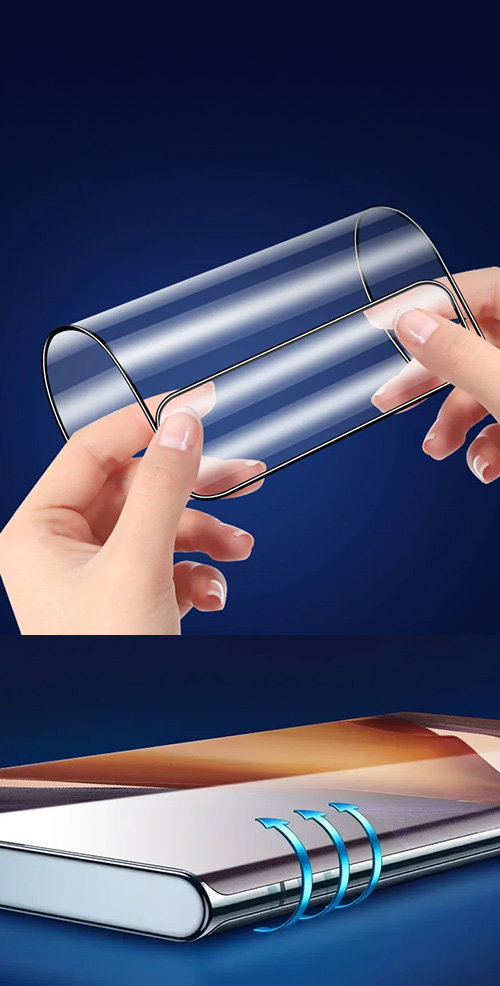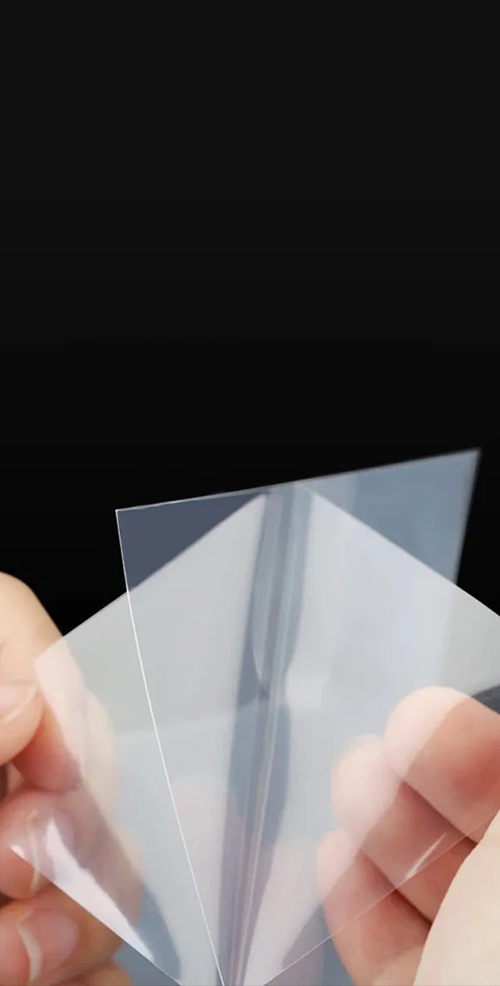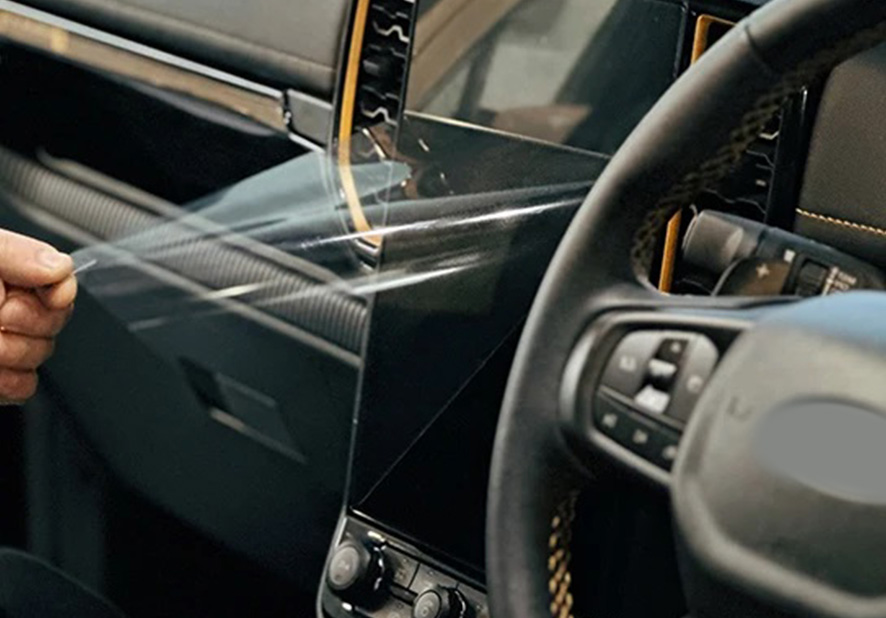In the past, screen protectors were often disappointing. However, today’s options are easier to install, more affordable, and vastly improved in quality. There are three main types: PET film, TPU (thermoplastic polyurethane), and the top-tier choice, tempered glass. Installation methods are either dry or wet. Here’s a professional guide to understanding these screen protectors and what they offer.
PET Film Screen Protectors

Polyethylene terephthalate (PET) film screen protectors are basic yet functional. Made from a type of plastic commonly used for liquid and food containers, PET film protectors consist of a polyester film with a scratch-resistant matte coating on one side and a silicone adhesive on the other.
These protectors are clear, adding an anti-scratch layer to your screen without providing impact protection. While their scratch resistance isn’t as high as advanced Gorilla Glass, they are effective against abrasive contact. PET protectors are economical, typically sold in multipacks. However, they can discolor from sun exposure and oil buildup, and they don’t offer the smooth touch of glass.
PET protectors are ideal for budget or older phones. They provide basic protection at an affordable price, with established brands generally offering better fit and quality.
TPU Screen Protectors
Polyethylene terephthalate (PET) film screen protectors are basic yet functional. Made from a type of plastic commonly used for liquid and food containers, PET film protectors consist of a polyester film with a scratch-resistant matte coating on one side and a silicone adhesive on the other.
These protectors are clear, adding an anti-scratch layer to your screen without providing impact protection. While their scratch resistance isn’t as high as advanced Gorilla Glass, they are effective against abrasive contact. PET protectors are economical, typically sold in multipacks. However, they can discolor from sun exposure and oil buildup, and they don’t offer the smooth touch of glass.
PET protectors are ideal for budget or older phones. They provide basic protection at an affordable price, with established brands generally offering better fit and quality.

Tempered Glass Screen Protectors

Tempered glass (TG) screen protectors are the premium option. High-quality TG protectors are multi-layered, with shock-absorbent silicon, PET film, optically clear adhesive, tempered glass, and an oleophobic coating.
These protectors excel in light transmittance, clarity, anti-reflective properties, fingerprint resistance, and touch feel. They can even resist scratches from sand, making them ideal for beach-goers. TG protectors have a hardness rating of 8H to 9H, offering substantial scratch resistance. While not shatter-proof, they absorb impact damage, breaking into tiny shards to protect the underlying screen. This means only the protector needs replacement, not the entire screen.
Despite their higher cost, the prices of TG protectors have become more competitive, making them a valuable investment for superior screen protection.
Dry vs. Wet Installation
Dry Installation:
This method uses static electricity to adhere the protector to the screen without adhesive. It’s straightforward, typically done in a dust-free environment like a bathroom post-shower to avoid particles. Clean the phone thoroughly, align the protector, and use a soft cloth to remove air bubbles.
Wet Installation:
Involves applying a liquid adhesive before positioning the protector. This method allows for slight adjustments during installation and often includes a squeegee to remove bubbles. Some brands offer advanced tools or UV-light curing for perfect alignment and adhesion, though these can be more expensive.
Choosing the right screen protector depends on your needs and budget. PET films offer basic, affordable protection. TPU protectors provide better impact resistance and durability at a moderate price. Tempered glass protectors, though more expensive, offer the best overall protection, clarity, and touch feel. Understanding the features and benefits of each type will help you make an informed decision to keep your device’s screen pristine.

